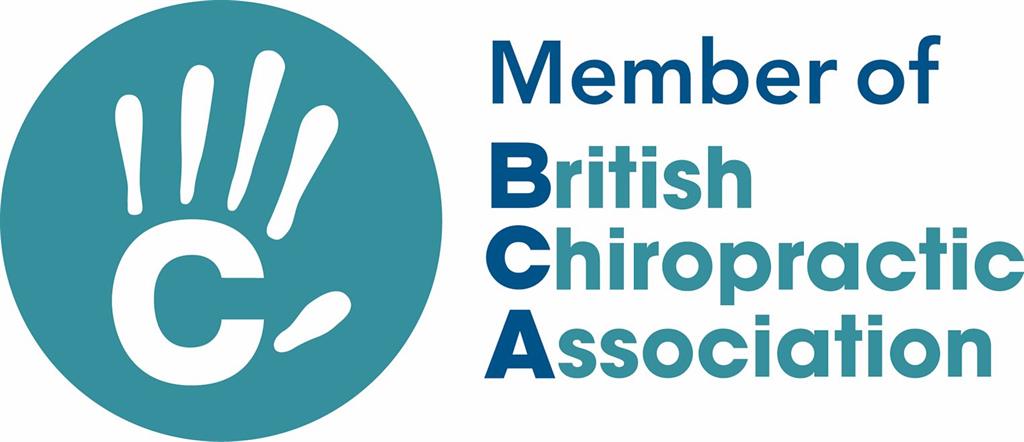Clothes
- Don’t wear clothes that are tight or could constrict your movement.
Warm Up
- Gardening is like any other exercise; you need to warm up first. Don’t go straight into heavy garden work; start off with lighter jobs as this will lessen the chance of muscle strain.
Using a ladder
- When using a ladder or steps, make sure you are always facing it, keeping your shoulders, hips and knees pointing in the same direction.
- Rather than leaning or reaching, move the ladder or step regularly to keep up with where you are.
- Any kind of ladder must be firmly and safely planted in position and, if possible, have someone else there to keep an eye on things.
Clever pruning
- Get as close as possible to the things you are pruning and avoid overstretching to reach the area you are dealing with.
- Invest in some long-handled secateurs to reach plants and bushes that are beyond normal reach.
Take a break
- Vary your activity by spending no more than 20-30 minutes on any one thing and make sure you take regular breaks.
- If you have been leaning forward slightly, doing some back bends will help to relieve aching muscles in your low back.
Be clever with the paving
- If laying a patio, keep the slab close to your body and bend your knees; it is sometimes better to bend one knee rather two, as your supporting leg gives you a position of strength.
- If using railway sleepers, two people will probably be needed.
Plan ahead
- If you are planning a trip to the local DIY store to buy heavy items such as cement or gravel, consider buying smaller bags rather than one big bag as they are easier and safer to carry.
- If you do buy heavy items, use a trolley and if on your own, ask an assistant at the store to help you.
- If buying things like compost, sand or gravel in bulkier amounts, shovel the contents of the large bags straight into smaller containers or wheelbarrow from the back of the car.
- Don’t lift with your arms straight out, keep the elbows bent and to your side to minimise the stress on your back.
- If having items delivered, have them unloaded as close to where you need them as possible; this will save the effort of moving them again.
- A specialist garden trolley might be worth investing in to move these sorts of materials around, especially if you have lots of patio pots to move around as well.
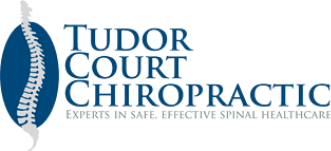

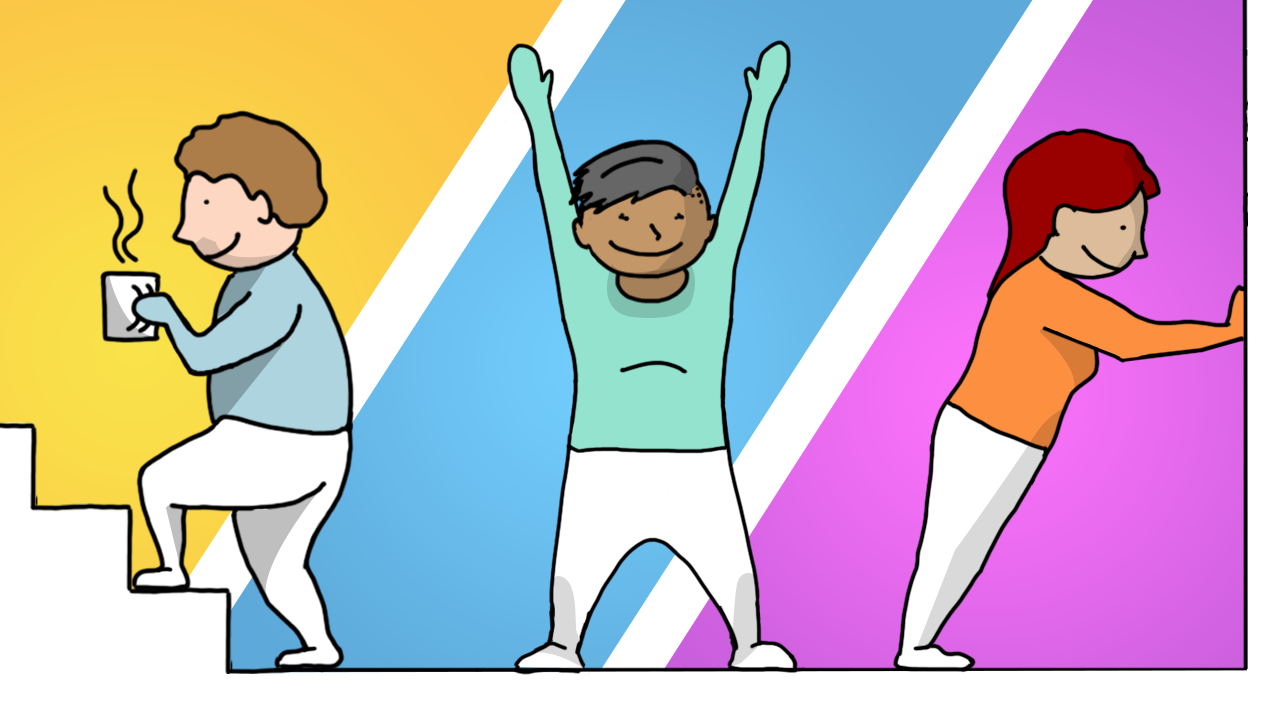

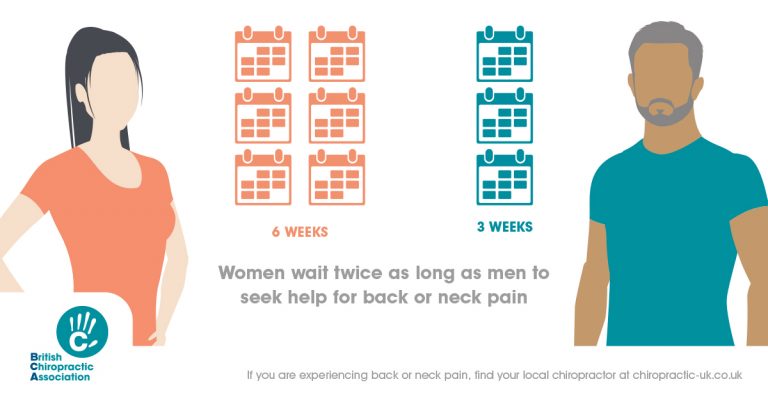
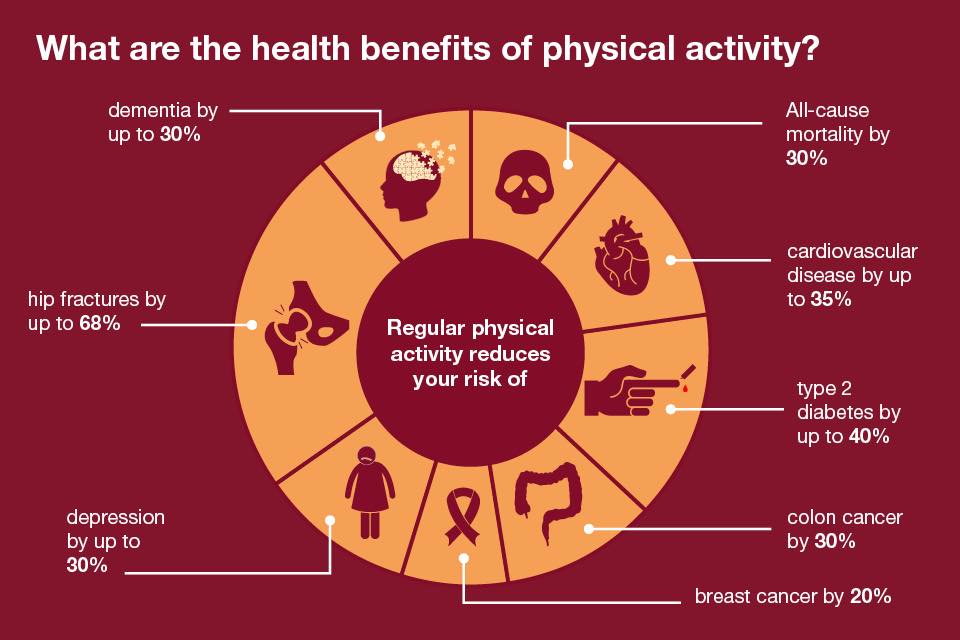
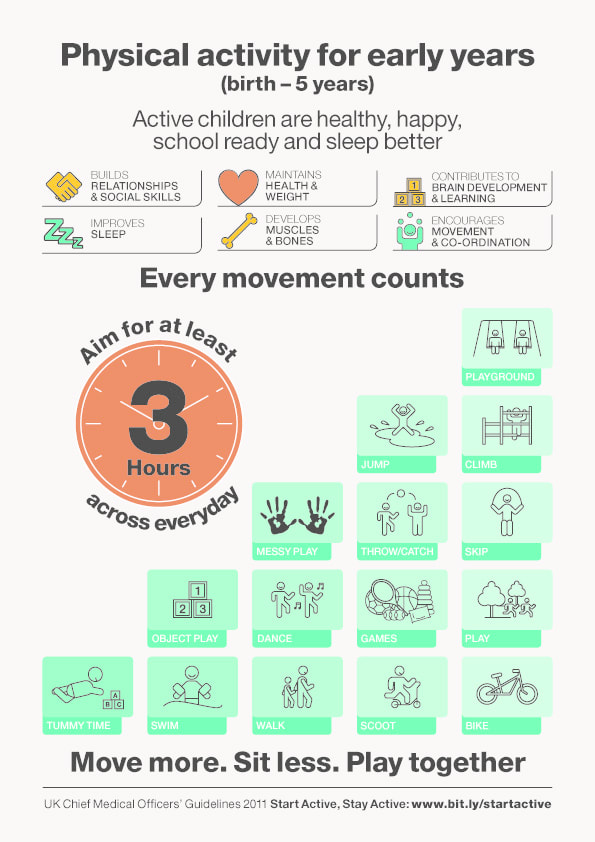
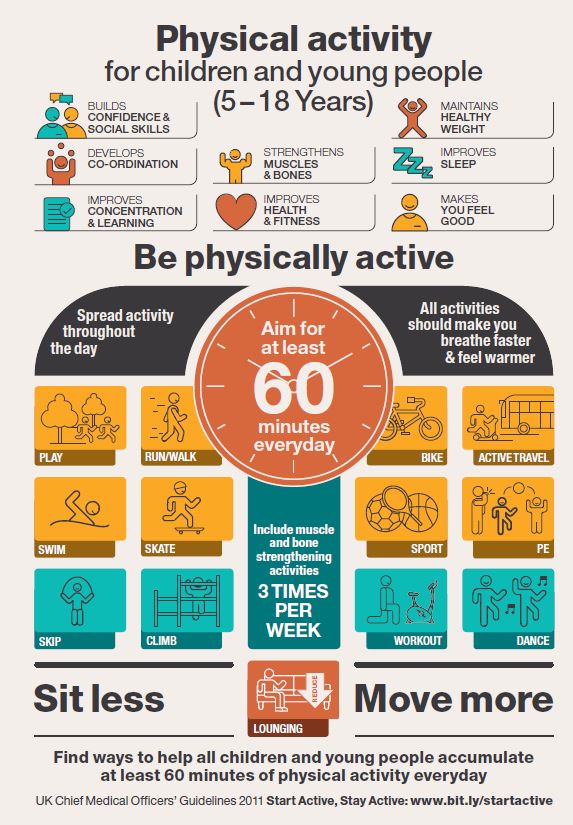
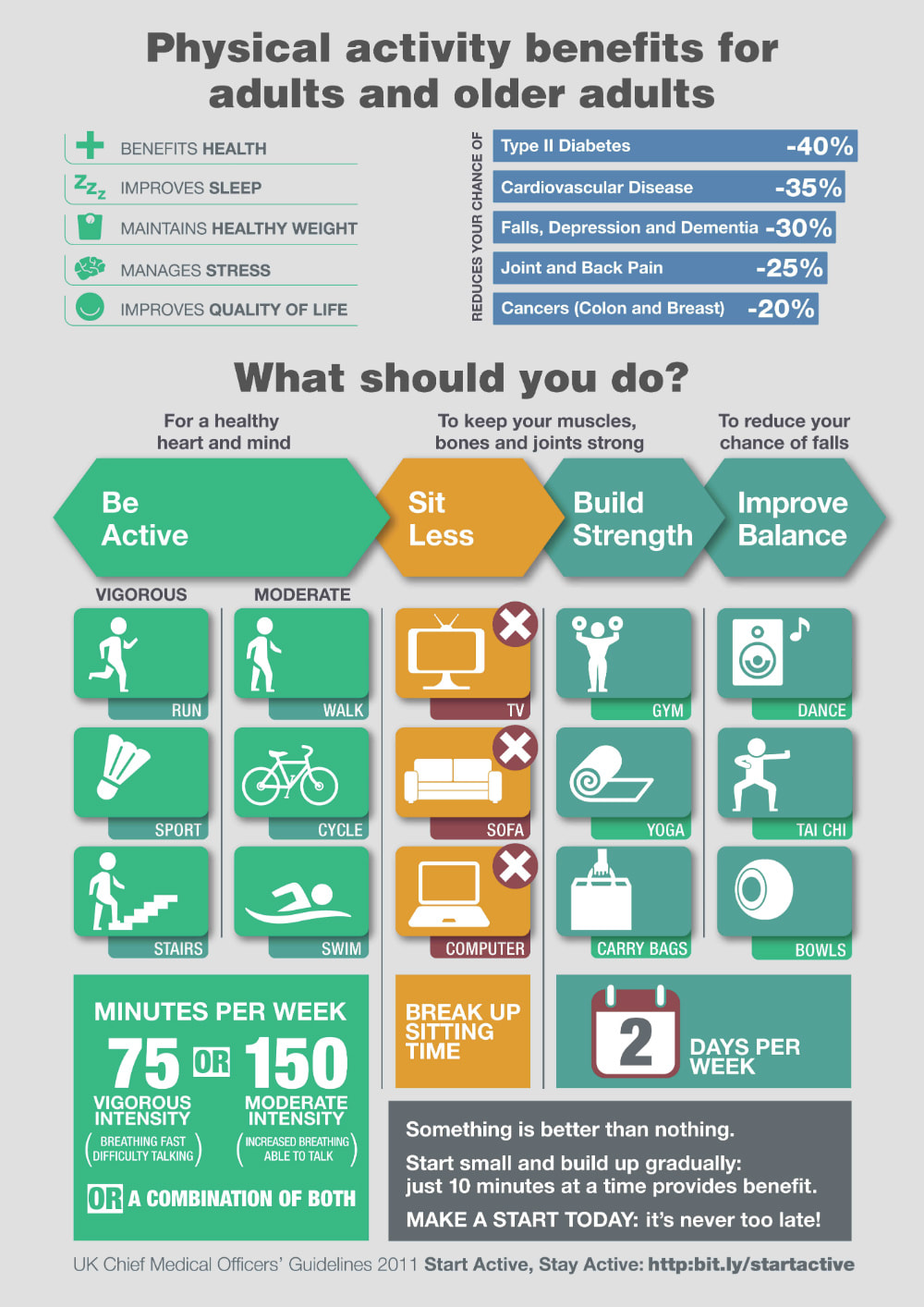

 RSS Feed
RSS Feed


